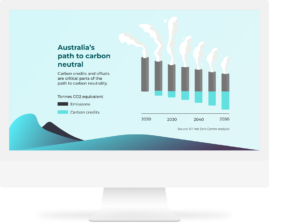Carbon Credits Securities
Despite the fact that carbon credits are not officially recognized as securities, their presence in the financial world is quite noteworthy. They are essentially a form of permission slip that allows a business to release gases such as carbon dioxide. These permits can be traded, bought, or sold. The market for them is growing rapidly.
Unlike stocks, bonds, and other forms of investment, carbon.credit are not traded on a centralized exchange. Instead, they are traded in the open market. This opens up many potential opportunities for individuals, businesses, and institutions to invest in them.

Carbon credits are issued by governments and private entities. When a company or organization makes a commitment to cut its emissions, it is rewarded with a set amount of carbon credits. Depending on the project, these can be a valuable way to offset the output of the company’s emissions. However, there are also risks to investing in the sector. Companies can find themselves in a difficult position if their emission reduction efforts do not meet their goals. It can be expensive to implement carbon mitigation measures, and a company may end up wasting money on ineffective climate solutions.
Are Carbon Credits Securities?
If a company is committed to using carbon credits as a measure of its emissions reductions, it can buy and sell them. As a result, it can create a net effect, even if its actual emissions are higher than its cap.
A business’s exposure to the market can be limited by daily price limits. Similarly, a governance body could supervise the functioning of the market. With the right infrastructure and a clear price signal, a carbon reference contract could be the basis for a viable over-the-counter trade. Reference contracts would help establish a stable daily market price and give project developers an opportunity to finance their projects with structured financing products.
One of the main challenges in the voluntary carbon credit market is finding a way to efficiently trade them. The simplest solution is to allow investors to purchase carbon credits through a centralized marketplace. In this model, the price of each credit is based on the attributes of the underlying project.
However, this process is time consuming and inefficient. For example, it can take weeks for a project developer to find a buyer. Furthermore, if the developer is not convinced of the project’s climate benefit, it may be worthless.
Voluntary carbon markets face similar challenges. Firstly, the supply of carbon credits is not well diversified. Most of the potential supply is concentrated in a small number of countries. Another challenge is the fact that buyers value different attributes differently.
There is also a risk of fraud. Credit purchasers may lose faith in a carbon mitigation mechanism, and a lack of oversight could lead to over-inflated assertions about the climate benefits of the project. Fortunately, anti-money laundering regulations should curb such activity. Eventually, all countries will offer data, and buyers should be able to make a better decision based on that information.
